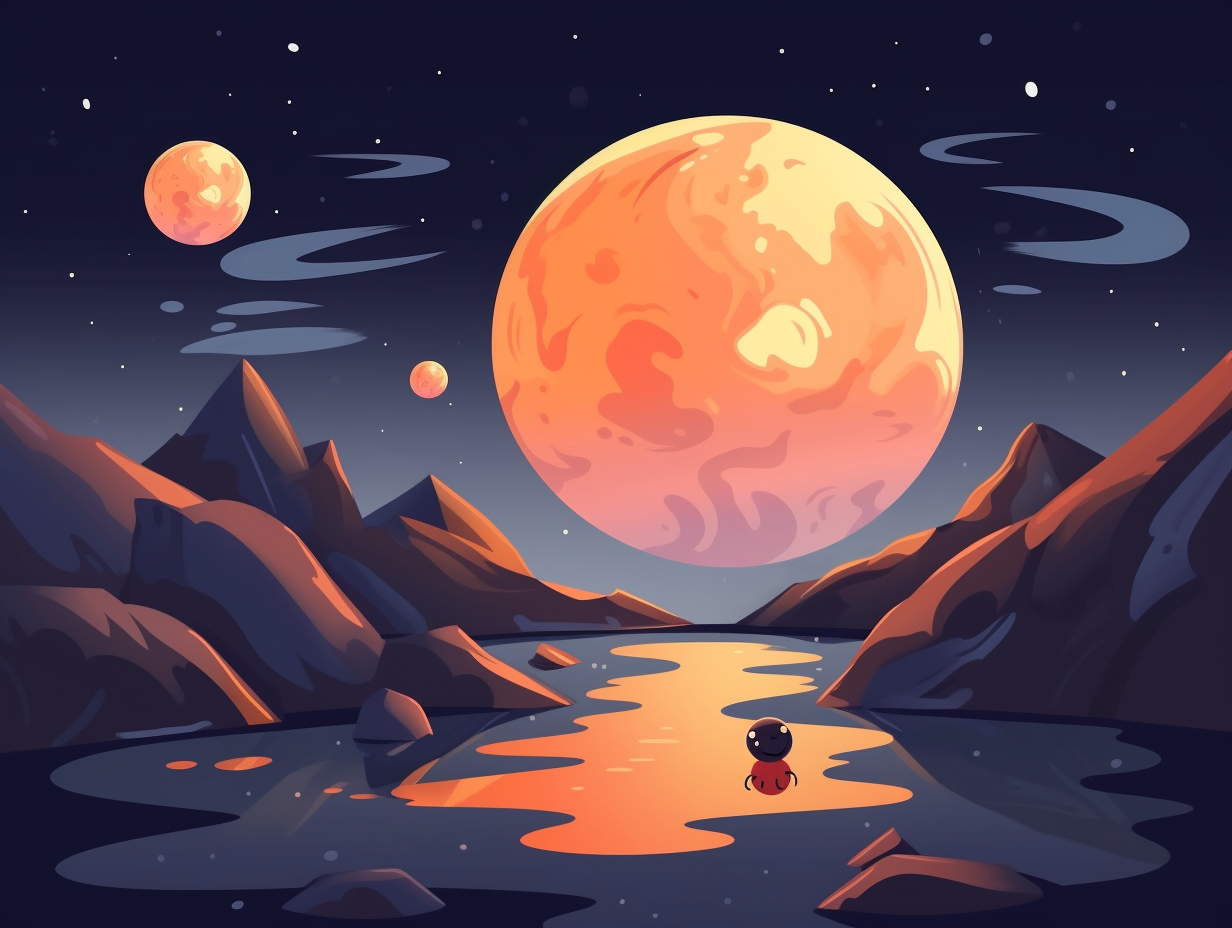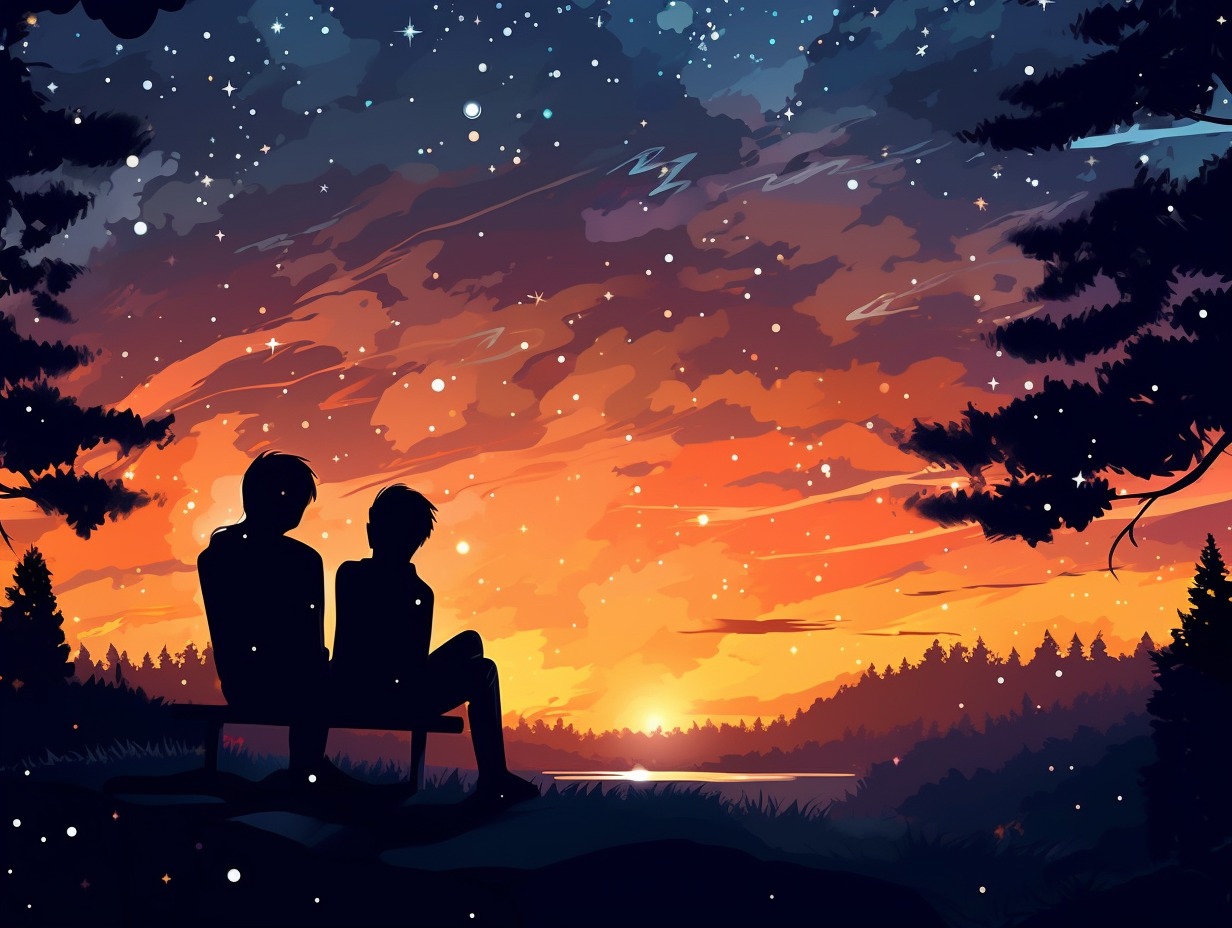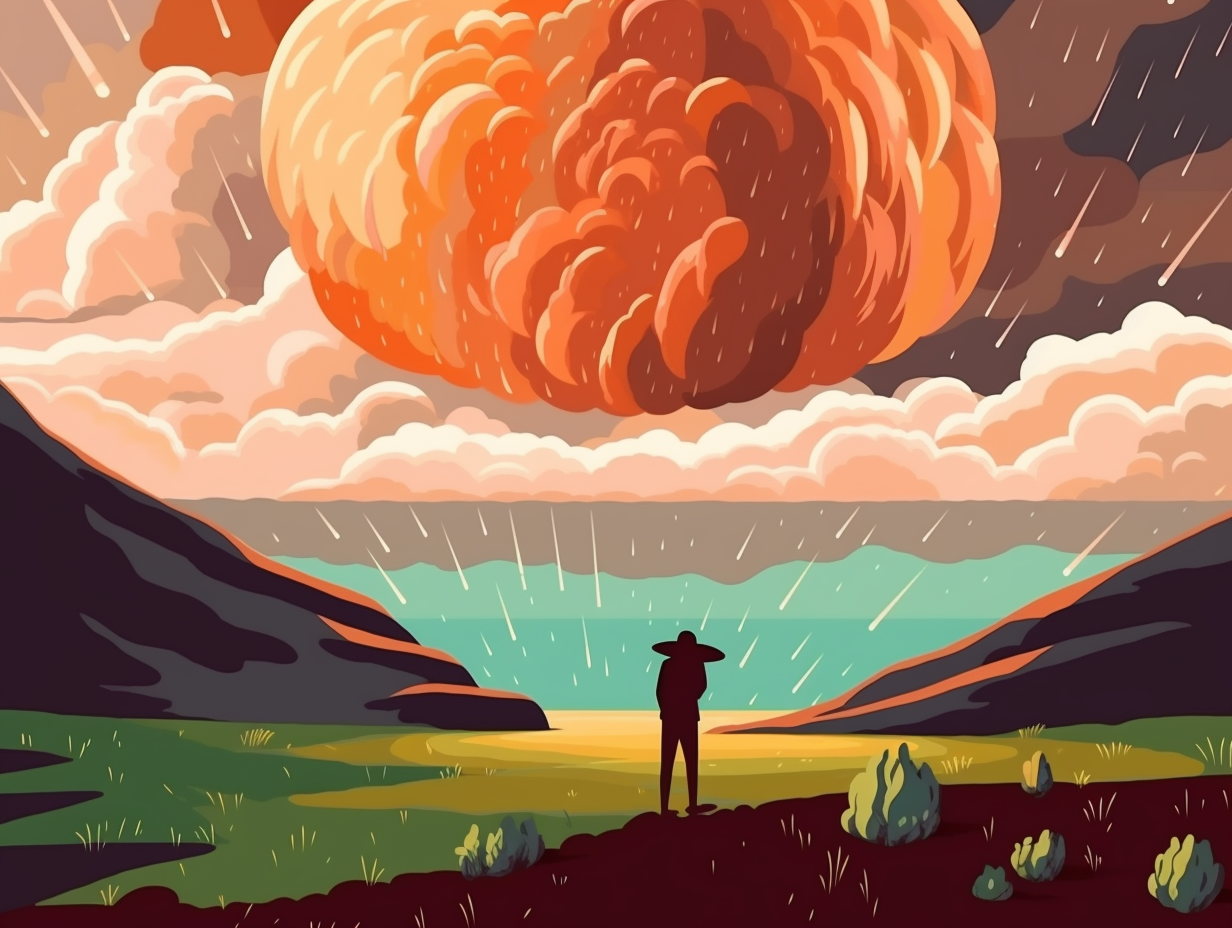Discover the Cosmos: 23 Fascinating and Entertaining Facts About Saturn You Shouldn't Miss

1. Cosmic Ice Rink
Ever visited a cosmic ice rink with rings for days? Well, Saturn's your next vacation destination: Its glorious rings primarily consist of water ice particles, ranging from tiny micrometers to hefty meters in size, with a sprinkling of rocky material, while thousands of gaps and ringlets are choreographed by the gravitational pull of its moons.
Source => en.wikipedia.org
2. Saturn's Spare Tire
If you think Earth has a spare tire around its waist, just wait until you meet Saturn at the cosmic buffet: Boasting a flattened shape due to its unique viscous fluid interior, Saturn actually has 1.76 times the flattening effect of Jupiter, a result of its intriguing interplay between gravity and rotation!
Source => astronomy.stackexchange.com

Did you know Jupiter can complete a full rotation in less than half an Earth day? Discover how the largest planet in our solar system races against time! 🌌⏱️
=> Fun Facts about Jupiter
3. Hexagon Storm Tinder Profile
If Saturn had a Tinder profile, it would probably brag about its six-sided storm with the captivating bio, "Hexagon obsessed and hurricane blessed": Saturn has an enigmatic, 20,000-mile-wide hexagonal storm swirling at its north pole, where whipping winds reach speeds of 300 miles per hour and the vortex runs thousands of kilometers deep, remaining virtually unchanged since its discovery in the 1980s.
Source => sciencedaily.com
4. Moonstravaganza Party
When Saturn throws a party, you bet it's going to be a moonstravaganza with guests of all shapes and sizes: There are 146 known moons orbiting the ringed planet – some as tiny moonlets and others as gargantuan planets like Titan, which is even larger than Mercury. And with Saturn's moons showcasing their own unique features like Titan's nitrogen-rich atmosphere or Enceladus' icy jets, it's definitely a cosmic rendezvous worth attending!
Source => en.wikipedia.org
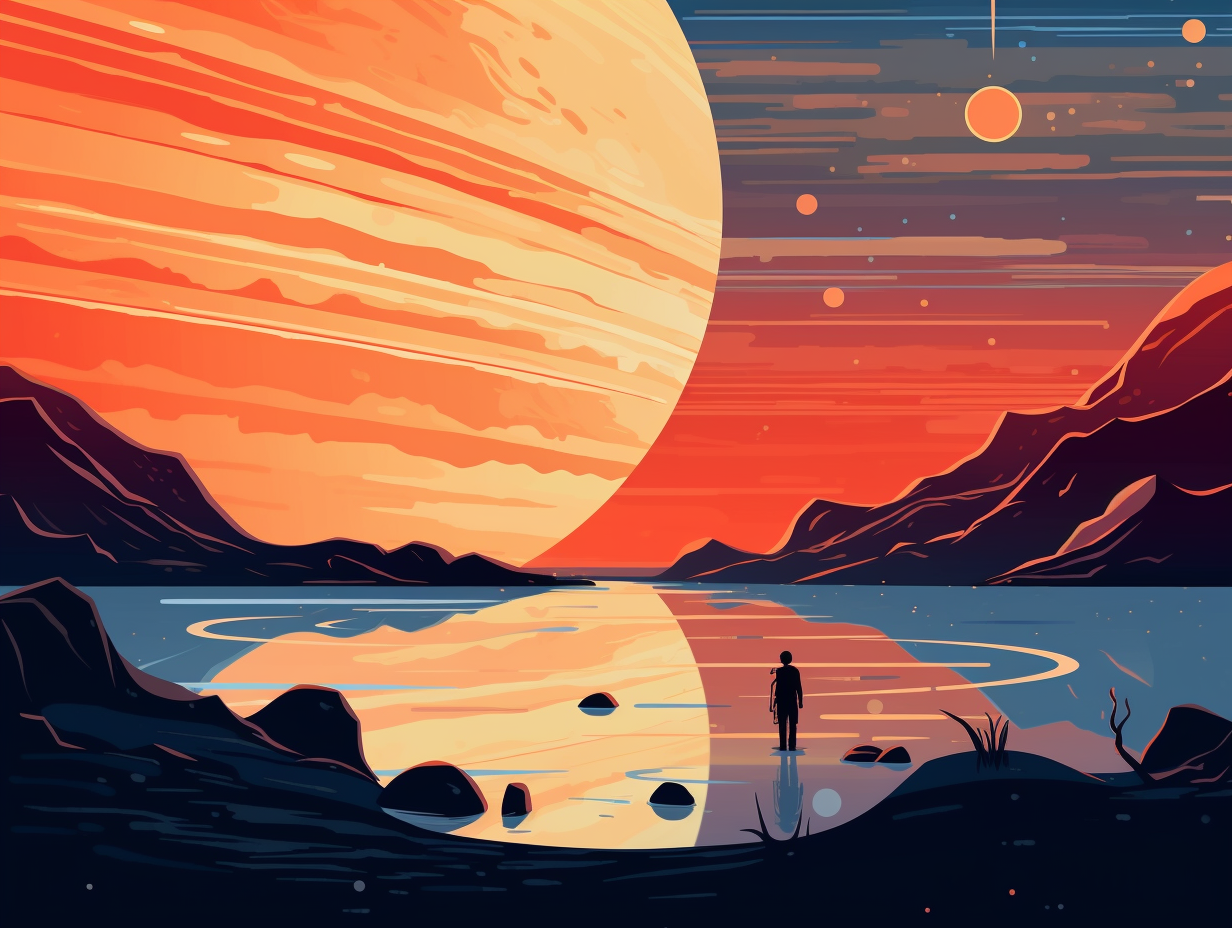
5. Cosmic Bathtub Myth
If Saturn were to take a plunge in the cosmic bathtub, one might think it would bob along like a rubber ducky: Alas, despite its relatively low density primarily comprised of molecular hydrogen, Saturn's dense core of metallic or rocky materials would cause it to sink instead of float, debunking the popular myth.
Source => wired.com
6. Enceladus' Frozen Water Parties
You know the saying "go big or go home"? Well, Enceladus, one of Saturn's moons, certainly took it to heart when it came to throwing frozen water parties: Enceladus has geysers shooting ice and water particles up to 80 kilometers high, caused by heating and cooling cycles in its orbit around Saturn, leading to cracking of the icy crust and release of water from its hidden underground ocean.
Source => popsci.com
7. Swirls of "Starry Night"
If Van Gogh had painted "Starry Night" on a cosmic canvas, it might resemble the mesmerizing swirls and whirls of Saturn's winds: Turns out, these winds in Saturn's atmosphere create watercolor-like patterns, captured beautifully by NASA's Cassini spacecraft in an infrared image from 2016. Cassini, a joint endeavor by NASA, the European Space Agency, and the Italian Space Agency, has been studying the planet since 1997 and captured this shot from a vantage point 592,000 miles away.
Source => cnet.com
8. Enceladus' Water Vapor Bash
You'd think Saturn was throwing the most massive cosmic party with its moon Enceladus acting as the one friend who always brings the (water) vapor: In reality, Saturn's enormous magnetosphere, the Solar System's second largest, is teeming with plasmas from both the planet and its moons, primarily supplied by Enceladus' generous geysers that spew up to 1,000 kg/s of water vapor, producing dazzling aurorae around its poles in various wavelengths of light.
Source => en.wikipedia.org
9. Bad Weather Speedster
You might call Saturn the "bad weather speedster" of our solar system, as its storms come and go faster than a sneeze during pollen season: With a rapid rotation and dynamic atmosphere, monstrous storms can whip up and vanish within hours, and there's even a recurring mega-event known as the Great White Spot, which makes a grand entrance every 30 Earth years and hangs around for a few Earth months, making Saturn quite the celestial spectacle.
Source => exoplanetscience.org
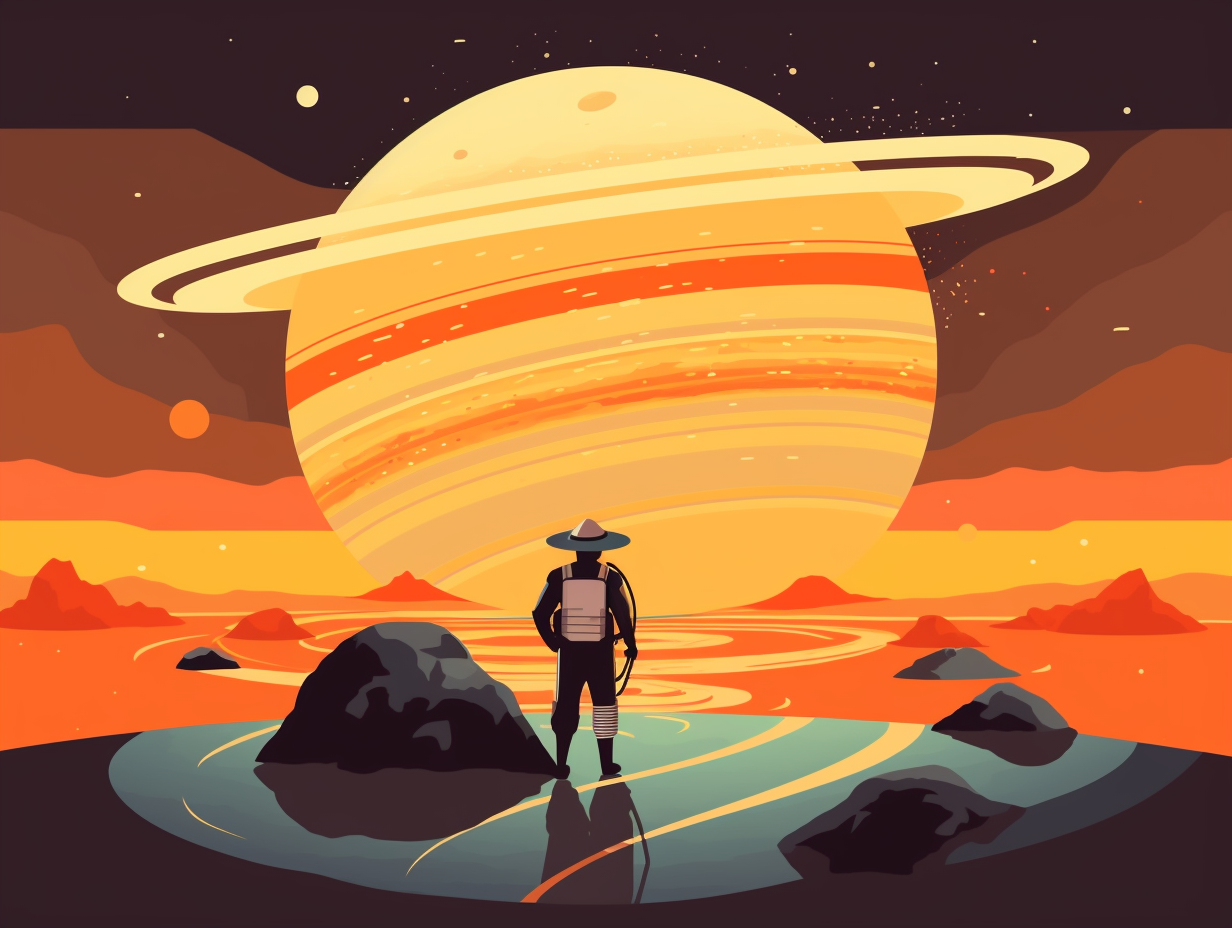
10. Mimas: Death Star's Twin
In a galaxy not so far away, Saturn's moon Mimas moonlights as the Death Star's long-lost twin: Astronomers discovered a massive crater on Mimas, named Herschel, that is almost one-third the moon's diameter and has towering 5-kilometer-high walls. This colossal cosmic collision happened around 4.1 billion years ago and nearly shattered Mimas, leaving stress fractures all across its surface that eerily resemble the Death Star from Star Wars - a cosmic coincidence, as the similarities were discovered after the movie's release.
Source => en.wikipedia.org
11. Usain Bolt of Planets
If the planets hosted an intergalactic race, Saturn would be the Usain Bolt of the solar system: Its eastern equatorial jet stream zooms along at a staggering 1,500 km/h, making it the fastest planetary wind in our celestial neighborhood.
Source => lifeng.lamost.org
12. Hyperion's Hokey Pokey Dance
Imagine Saturn's moon Hyperion as a cosmic bath sponge, tumbling unpredictably through an interstellar shower of chaos, expertly demonstrating the celestial Hokey Pokey dance: This oddball moon is covered in deep, sharp-edged craters, has an irregular shape, a chaotic orbit, and is composed mostly of water ice, with a low density of 1.4 gm/cm3 and an albedo of 0.3. It is located 1,481,000 km away from Saturn and takes 21.27661 days to complete its orbit.
Source => go-astronomy.com
13. Intergalactic Hot Tub Party
In a "water" world far, far away, intergalactic microbes may be throwing a hot tub party in Saturn's moon: Enceladus contains a vast, warm saltwater ocean, occasionally burping out methane - a gas typically linked to microbial life on Earth - through surface geysers which could be analyzed by a future orbiting spacecraft mission, potentially revealing the existence of Earthlike microbial life without the need to land or drill.
Source => news.arizona.edu
14. Titan Shaken, Not Stirred
Titan walks into a bar: "I'd like an atmosphere, shaken not stirred." In an astonishing celestial twist, Saturn's largest moon, Titan, boasts a dense atmosphere, consisting mainly of nitrogen and methane, and remarkable surface pressure that's 50% higher than Earth's – the only natural satellite in the Solar System to do so! Its orange hue, however, is not due to its gas cocktail but rather the presence of tholins, which are tar-like organic precipitates.
Source => en.wikipedia.org

15. Diamonds in the Sky
In a world where bling is king, Saturn plays the most glamorous role: However, the diamonds in its atmosphere are only about a millimeter in size and sparsely scattered throughout its vast gas layer, rendering them unmineable and unsuitable for Earthling jewelry.
Source => skyandtelescope.org
16. Saturn's Heat Game
If Saturn were a celebrity chef, it'd make the sun look like an amateur with its impressive heat game: Saturn actually radiates over twice as much heat into space as it gets from the sun, with most of it coming from gravitational compression and a sprinkle of friction from sinking helium, reaching scorching temperatures of 21,000 degrees Fahrenheit (11,700 Celsius) inside.
Source => space.com
17. Shepherd Moon Pan
Who let the sheep dogs out in space? Shepherd moon Pan has your back – or rather, your A Ring: This quirky walnut-shaped moon of Saturn is a celestial custodian and keeps the Encke Gap – a 325 km wide gap in Saturn's A Ring – spick and span by trotting around its equator and collecting ring particles with its dashing walnut-like ridge.
Source => en.wikipedia.org
18. Galactic Walnut
Feeling a bit nutty today? Imagine if planets had snacks: Saturn would be munching on an enormous galactic walnut! The hilarious prelude: Iapetus, one of Saturn's moons, boasts a mountain range so colossal, it makes the moon resemble an out-of-this-world walnut. The serious reveal: This impressive ridge stretches across 100 kilometers (62 miles) in width and towers up to 20 kilometers (12 miles) high, possibly formed from the remains of a deceased orbiting moon, encircling more than 75% of Iapetus.
Source => space.com
19. Enceladus' Hidden Ocean
Did you know Saturn's moon Enceladus is not only ahead in the space race but also swims laps around us in terms of hydration?: Underneath its icy exterior, a whole ocean lies in wait, complete with hydrothermal vents discovered by the Cassini spacecraft, potentially providing a cozy abode for microscopic party animals!
Source => popularmechanics.com
20. Titan's Booze Cruise
If Earth's oil reserves threw a party, Titan would be the cool cousin bringing 300 times more booze: Saturn's moon Titan features stable bodies of liquid on its surface, such as lakes and seas composed of methane and ethane, making it the only place in the solar system, besides Earth, to possess this unique trait.
Source => en.wikipedia.org
21. Saturn's Aurora Marathon
While Earth's auroras are like a quick dose of comedy lasting just about as long as your favorite 10-minute sitcom episode, Saturn's auroras are more like a Peter Jackson film marathon - long, fascinating, and taking you on an epic journey through the cosmos: Astronomers have discovered using the Hubble Space Telescope and the Cassini spacecraft that Saturn's auroras can last for several days, with the sun's magnetic field and solar wind playing a significant role in driving these celestial light shows, and also found that its auroral energy ring shrinks in diameter as it brightens, unlike Earth's which expands after filling the polar region with light.
Source => hubblesite.org
22. Superhero Rhea's Shady Freezing
If Rhea were a superhero, its power would be "shady freezing" – with the uncanny ability to drop temperatures to a frosty -364°F under the shade of its icy cape: Saturn's second-largest moon, Rhea, sports a cratered surface adorned with bright, wispy markings and divided into two distinct geological terrains, possibly as a result of a major resurfacing event in its past. Its chilly composition of both rocky core and water-ice makes it quite the celestial sibling to fellow Saturnian moon, Dione.
Source => solarviews.com
23. Titan's Exclusive Molecule Club
Titan's atmosphere is so cool it's forming a club for exclusive molecules: cyclopropenylidene, a simple carbon-based molecule with a VIP pass to crucial chemical reactions, has been discovered hanging out in this gassy wonderland by researchers using the Chilean Atacama telescope array and backed up by NASA's Cassini mission data. Its presence just might hold the key to unlocking life on Saturn's groovy moon. Party on, Titan!
Source => cnn.com
Related Fun Facts









